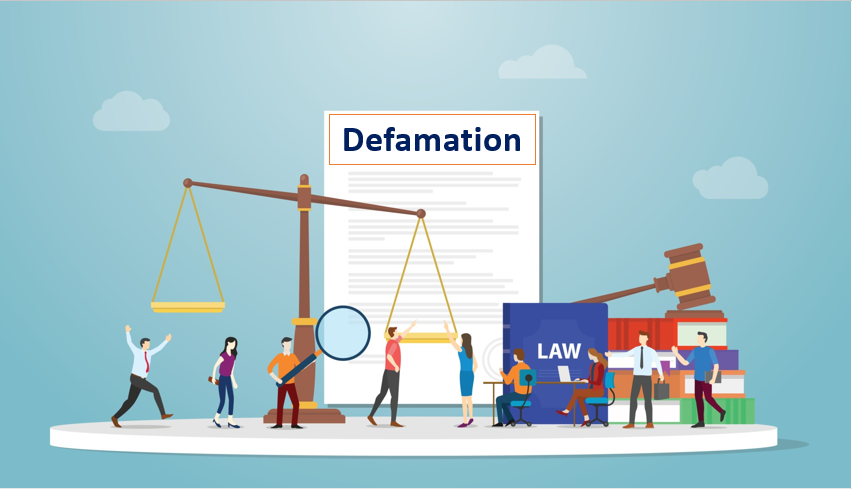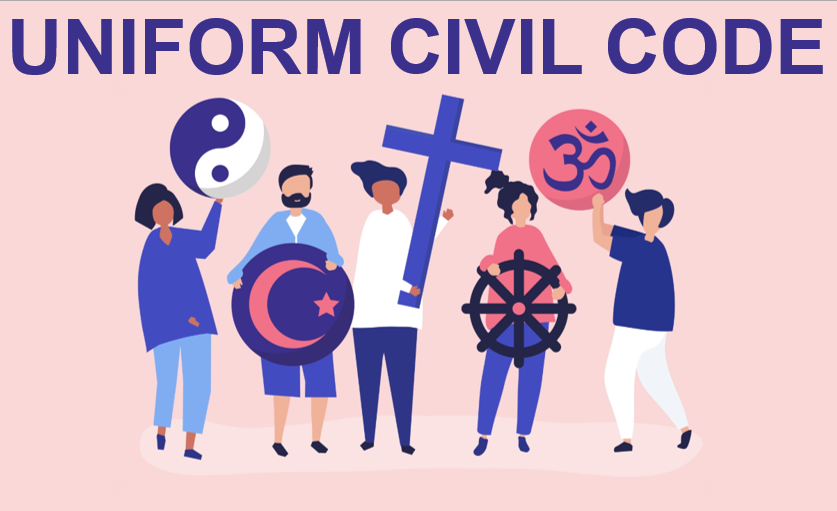Published On: 26th September, 2023
INTRODUCTION
According to the amount of films released, India is the largest film industry in the world, with 1,500 to 2,000 films released yearly in more than 20 different languages. A sizable number of problems are also raised by the diversity of the content. Making and releasing films is completely legal in India. Like other freedoms guaranteed by the Constitution, this one is subject to limitations and is likewise not unrestricted.
A specific law makes sure that films adhere to legal requirements and must go through legal certification and censoring procedures before being released to the public. However, some instances of content were prohibited or removed from public exhibitions as a result of this judicial procedure. The question is whether the legislation is aiming to create a line, or if it is only an outdated custom from earlier times. This article aims to expound on the laws governing film censorship in India to address these queries.
WHAT IS FILM CENSORSHIP IN INDIA?
“Censorship” derives from the Latin verb “censure,” which means “to express our thought” in its literal sense. Two Roman officials performed a census to control the conduct and ethics of the populace.
Its coverage includes obscene, immoral, vulgar, or overtly sexual publications, journals, magazines, radio, television, films, plays, paintings, dramas, speeches, dance forms, artistic works, photography, dancing, letters, emails, and websites. Regarding the fundamental liberties of the expression of ideas and the free interchange of beliefs, both the press and films enjoy the same rights and liberties. Freedom of speech and expression is guaranteed to everyone, including the press, under the Fundamental right established in Article 19(1) (a). Due to their non-absolute nature, both of these media—the press and films—are therefore governed by this constitutional clause.
The Cinematograph Act of 1952 makes sure that films adhere to the rules set forth by the legislation. The Act creates India’s film regulatory authority, the “Central Board of Film Certification,” which will grant filmmakers a certificate for public display. By the law, after reviewing the movie, the Board may:
(a) Give the movie the go-light for unrestricted public viewing;
(b) Give the go-ahead for the movie’s adult-only public screening
(c) No matter if the films are only for adults or available to everyone, advise such revisions before granting the picture a license for any public showing
(d) Refusal to permit the movie’s public screening.
HISTORY OF FILM CENSORSHIP IN INDIA
In 1918, India adopted censorship restrictions because the British monarchy was keen that cinema should always advance its colonial goals. Due to the absence of an indigenous film industry, the canons of control of the time targeted all imported Western films, particularly those from the United States. The British aimed to present a favorable image of the West and the intentions of Europeans in the colonies in these films
The Regional Censor Boards, which were founded in 1920 and were “theoretically independent, had detailed instructions on’ sensitive matters,’ ‘objectionable subjects,’ and ‘forbidden scenes’ in ‘foreign’ films, which is a word for films from the United States.
The police commissioners in Bombay, Calcutta, Madras, Rangoon, and Lahore took charge of the Provincial Censorship Boards to be ready for such a situation. By the middle of the 1920s, when the indigenous film industry started to show signs of growth, as provided for in the Indian Cinematograph Act of 1918, the bureaucracy started to connect itself more with censorship decisions and make its presence known in significant censorship matters.
Both of the intended outcomes—to terrify the boards into submission and to stifle the unrestrained expansion of subject and substance inside the fledgling film industry—were achieved
CENSORSHIP OF MOVIES AND RELATED LEGISLATION
India has adopted the practice of having the Censor Board censor films to eliminate any content that is considered undesirable. The goal is to adapt the film to the intended audience. The number of spectators is determined by the certificate given to each film, which specifies the target audience. In the past, contentious subjects like the social unrest depicted in the films have prompted the Board to consider censorship
In India, there exist laws that deal with film censorship to achieve a suitable degree of public morality or other reasonable limits. Before giving the approval certificate for the movie’s distribution, the competent authority is tasked with the duty to view the film and give appropriate recommendations to the creators. The Central Government is given the authority to create advisory panels in regional centers under Section 5 of the Act to support the Board in carrying out its responsibilities. Each member is qualified to assess the impact of each film on the general public, and membership is dependent on the government’s decision.
The legislation’s provisions do not specify how many regional officers should work at each regional center, so the government is free to hire as many as it sees fit. The guidelines must be written in a way that involves the regional officials in the screening of the movie. About any film, the Board may consult the advisory panels.
According to Section 3 of the Act, the Central Government has the power to appoint a Chairman and other members to the Board of Film Certification. The Board was created to screen pre-released films and approve them for public viewing.
The Central Government has the authority to determine the Chairman of the Board’s compensation as well as the salaries of the Board members who attend the meetings
The process for the Board’s review of the films before release is outlined in Section 4 of the Act. The Board follows a set protocol in which the person planning to release a film submits an application to the Board for a certificate following a Board screening evaluation of the picture.
After completing the evaluation process, the movie is approved for public screening. Additionally, it offers a sanction for films that restrict watching based on the content of the film based on the intended population. It involves films that are only available to adults. Before approving the film for public display, the Board may make any changes to the film that it sees fit.
The Central Government is given the authority to create advisory panels in regional centers under Section 5 of the Act to support the Board in carrying out its responsibilities. Each member is qualified to assess the impact of each film on the general public, and membership is dependent on the government’s decision.
The legislation’s provisions do not specify how many regional officers should work at each regional center, so the government is free to hire as many as it sees fit. The guidelines must be written in a way that involves the regional officials in the screening of the movie. About any film, the Board may consult the advisory panels.
CONCLUSION
The need to maintain social peace must be weighed against the right to free speech. When determining whether or not to censor a movie, an appropriate procedure should be used to preserve the right balance between societal safety and the freedom of expression.
Additionally, it would be advantageous if India’s laws governing film censorship underwent considerable revisions to reflect the country’s progressive and modern society, in which every home has access to the internet and even a 10-year-old child may access any type of online content. On the other hand, filmmakers must work to develop strategies for films to deal with difficult issues while being sensational and uncontroversial.


